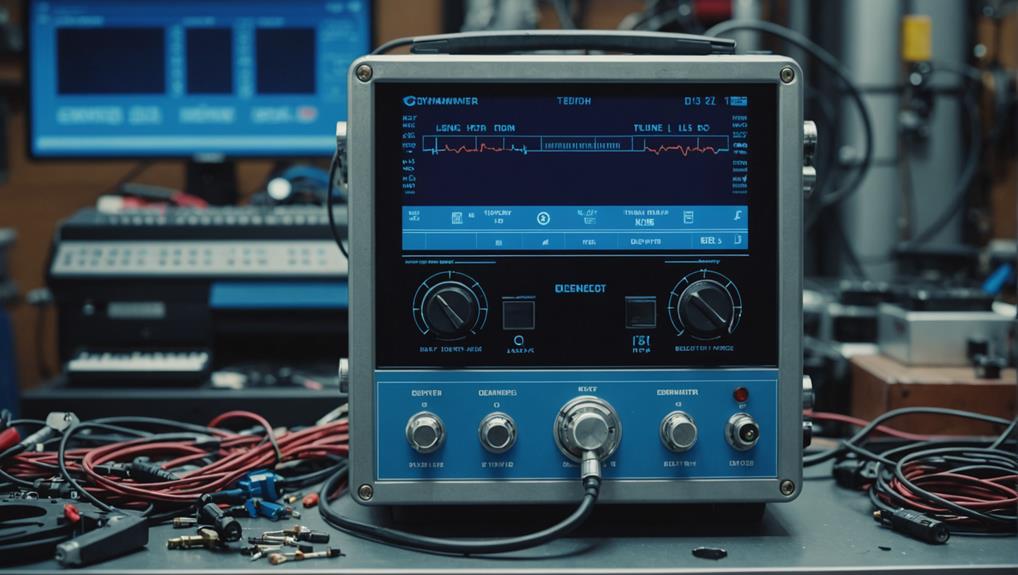
How Dynamometers Enhance Engine Diagnostics and Testing
Necessitating precise measurements, dynamometers unlock the secrets of engine performance, but what else can they reveal about engine diagnostics and testing?
Measuring rotational force, or torque, relies on a thorough comprehension of the underlying principles and mechanisms.
Torque sensors operate on the principle that torque is a product of force and distance from the rotation axis, while strain gauges measure twisting force. Accurate measurements require selecting the right torque sensor, considering factors such as application, size, and measurement range.
Diverse measurement methods can be employed, including strain gauge-based, optical encoder-based, and piezoelectric-based approaches.
Professionals can decipher precise torque measurements, paving the way for advanced applications and innovations in industries such as aerospace, automotive, and material science research, once they grasp these fundamental concepts.
Fundamentally, torque sensors operate on the principle that torque is a product of the force applied to an object and the distance from the application point to the centre of the rotation axis.
This fundamental concept is pivotal in grasping torque measurement principles.
Torque sensors, such as strain gauges, measure the twisting force that causes an object to rotate or twist. Strain gauges, bonded to a material's surface, measure strain, which is used to calculate torque.
In torque sensors, strain gauges are often combined with other sensors to measure diverse physical phenomena.
The measurement of torque is indispensable in determining rotational speed, dynamic torque, and torsional vibration.
Torque transducers, consisting of a rotating shaft with strain gauges or magnetoelastic sensors, convert torque into an electrical signal, which is then processed using conditioning electrical circuits, such as the Wheatstone Bridge circuit.
There are two primary types of torque sensors: static torque sensors, which measure torque in a stationary position, and dynamic torque sensors, which measure torque in a moving or rotating system.
Grasping these principles is imperative for accurate torque measurement.
Selecting the right torque sensor is crucial to ensure accurate measurements and reliable data.
The type of torque sensor chosen depends on the application, with dynamic sensors suitable for applications such as engine testing and industrial automation, and static sensors used in laboratory and research environments.
Torque transducers convert torque into an electrical signal, and the selection of transducer size, shape, and measurement range depends on the application's requirements, with common sizes ranging from 0.1 Nm to 1000 Nm.
When choosing a torque sensor, factors to consider include the required measurement range, accuracy, and resolution, in addition to environmental conditions such as temperature, vibration, and humidity.
Strain gauge-based torque sensors are popular due to their high accuracy, low drift, and high reliability, making them suitable for long-term measurements.
Piezoelectric sensors, in contrast, offer high stiffness and dynamic response, but are less precise.
Careful evaluation of these factors enables engineers to verify accurate measurement of rotational force, which is vital for precise control and optimization of mechanical systems.
Rotational force measurement methods play a critical role in determining the accuracy of torque sensor outputs.
These methods involve using torque sensors to measure the rotational force, or torque, that is applied to a shaft or other rotating component. The goal of these methods is to provide high-precision torque measurements that accurately reflect the rotational force being applied.
Some common rotational force measurement methods are:
Strain gauge-based methods, which use a force sensor to measure the deformation of a shaft or other component as torque is applied.
Optical encoder-based methods, which use an optical encoder to measure the angular velocity and shaft speed of a rotating component, allowing for the calculation of torque.
Piezoelectric-based methods, which use a piezoelectric sensor that measures the change in voltage as torque is applied to a shaft or other component.
Magnetic-based methods, which use a sensor that measures the changes in magnetic field as torque is applied to a shaft or other component.
Vibration analysis plays a vital role in ensuring the reliability and efficiency of rotating systems, as it helps identify potential issues before they become major problems.
In rotating systems, torsional vibration analysis is used to evaluate the variation of rotational speed within a rotation cycle, typically induced by a rough driving torque or a varying load.
The analysis is pivotal, as material properties and operating conditions influence the level of torsional vibration, making it imperative to take these factors into account.
Measuring rotational force with precision is essential in multiple industrial and scientific applications, where even slight deviations can substantially impact performance and efficiency.
Advanced torque measurement applications employ torque sensors to monitor, control, and optimise the performance of machinery, engines, and other mechanical systems.
These sensors play a pivotal role in ensuring the reliability and efficiency of complex systems.
In manufacturing, torque sensors measure the force applied to an object during assembly, ensuring that the correct amount of torque is applied to avoid damage or malfunction.
Dynamic torque sensors are used in aerospace and automotive industries to measure torque in moving or rotating systems, such as engine crankshafts or gearboxes.
Torque transducers, which convert torque into an electrical signal, are used in test stands to measure the performance of mechanical systems under different loads.
In material science research, torque sensors are used to study the material causes of mechanical failure, allowing for the development of new materials and designs that can withstand higher levels of stress and strain.
The Science Behind Measuring Rotational Force Accurately
Grasping Torque Measurement Principles
——————————————
At Hyper Power, we understand that torque measurement is a vital aspect of mechanical systems, as it determines the rotational force that drives motion. The fundamental principle of torque measurement is based on the concept of rotational motion, where force is applied at a distance from the axis of rotation. This force, multiplied by the distance, results in torque. Precise measurement of torque is indispensable to guarantee efficient and reliable operation of mechanical systems. If you have any questions about our services, including Custom Dyno Solutions, Installation and Setup, Training and Certification, Technical Support and Maintenance, Software Updates and Upgrades, Diagnostics and Performance Analysis, Rental Services, Dynamometer Testing Services, and Accessories and Parts, please do not hesitate to contact us.
Accurate Torque Sensor Selection
——————————–
Selecting the right torque sensor is critical for precise measurement. At Hyper Power, we can help you choose the most suitable sensor for your application. Torque sensors can be classified into three types: reactive, inductive, and optical. Each type has its advantages and limitations, and the choice of sensor depends on the specific application and environmental conditions. Reactive torque sensors are suitable for high-torque applications, while inductive sensors are ideal for low-torque measurements. Optical sensors offer high accuracy and are commonly used in precision applications.
Rotational Force Measurement Methods
———————————-
There are several methods for measuring rotational force, including strain gauge, piezoelectric, and capacitive methods. Strain gauge methods involve measuring the deformation of a material under torque, while piezoelectric methods utilise the piezoelectric effect to detect changes in torque. Capacitive methods measure the changes in capacitance between two electrodes under torque. Each method has its own strengths and weaknesses, and the choice of method depends on the specific application. If you are unsure about the best method for your needs, our team at Hyper Power can provide guidance and support.
Vibration Analysis in Rotating Systems
————————————-
Vibration analysis is a vital aspect of rotational force measurement, as it helps identify potential issues in mechanical systems. Vibration analysis involves measuring the amplitude and frequency of vibrations in rotating systems. Advanced signal processing techniques, such as fast Fourier transform (FFT) and wavelet analysis, are used to analyse vibration data and identify patterns that indicate potential problems. Our Diagnostics and Performance Analysis services can help you identify and resolve issues in your mechanical systems.
Advanced Torque Measurement Applications
————————————-
Advanced torque measurement applications include real-time torque monitoring, torque vector analysis, and torque-based control systems. Real-time torque monitoring enables instant feedback on torque levels, allowing for quick adjustments to optimise system performance. Torque vector analysis helps identify the direction and magnitude of torque, enabling precise control of mechanical systems. Torque-based control systems use torque measurements to modulate the speed and direction of rotation. At Hyper Power, we can help you implement these advanced applications to improve the efficiency and reliability of your mechanical systems.
In summary, accurate measurement of rotational force is vital for efficient and reliable operation of mechanical systems. By grasping torque measurement principles, selecting the right torque sensor, and choosing the appropriate measurement method, engineers can guarantee precise measurement of rotational force. If you have any questions or require assistance, please contact Hyper Power.

Necessitating precise measurements, dynamometers unlock the secrets of engine performance, but what else can they reveal about engine diagnostics and testing?
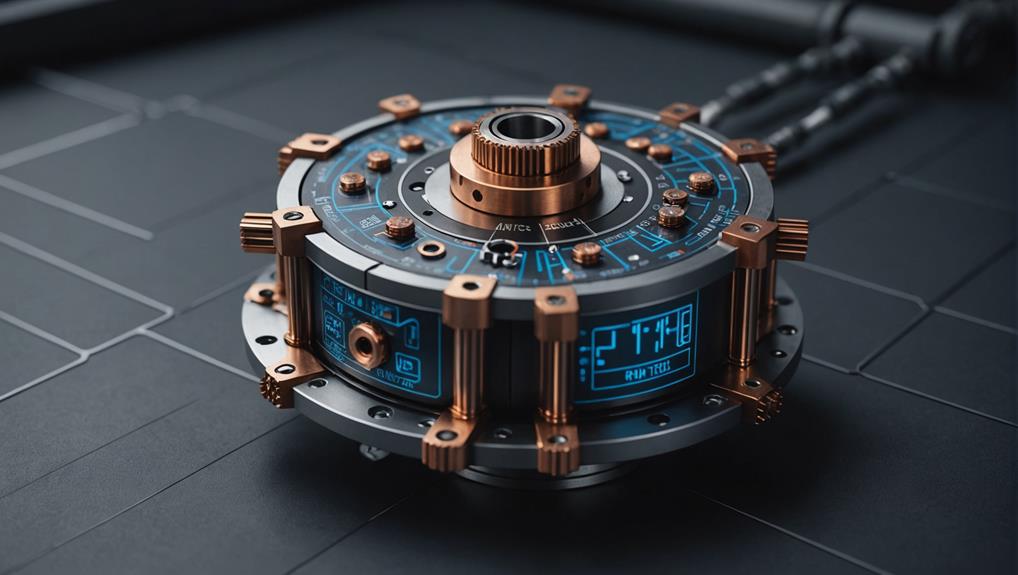
Navigating the complexities of torque measurement requires a deep understanding of the underlying principles and mechanisms to ensure accurate results.

Precise control and optimization of engine performance await, but only for those who unlock the secrets of dynamometer-driven data analysis.
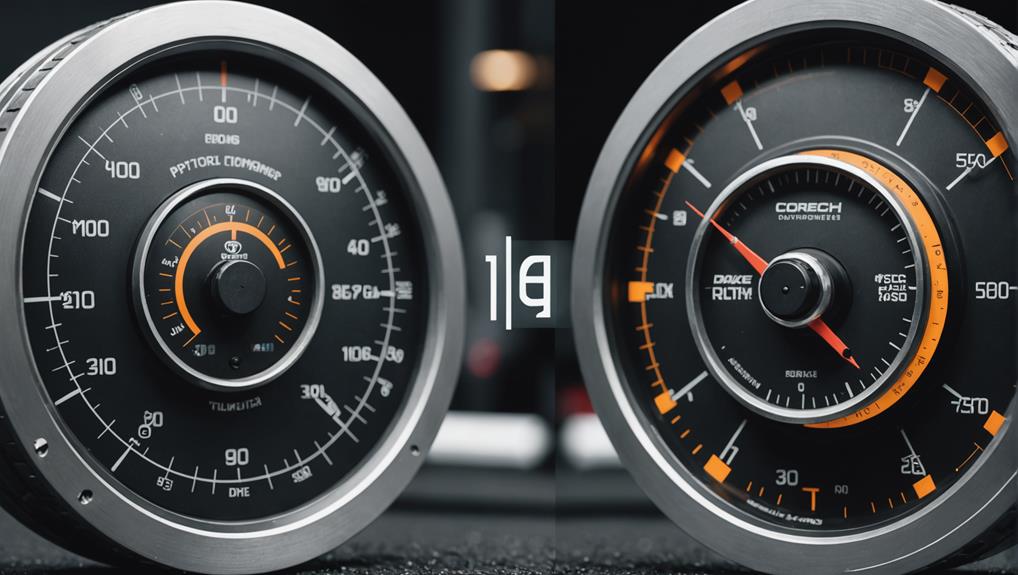
Gaining insight into the differences between inertia and brake dynamometers is crucial for ensuring accurate testing results in various industries.
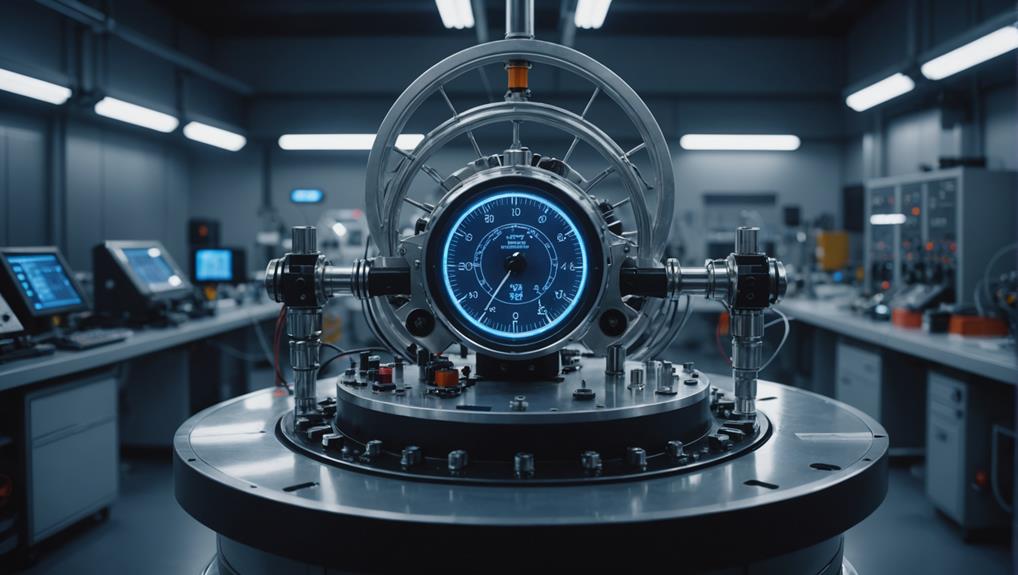
Tapping into the precise measurement capabilities of dynamometers, uncover the secrets to optimizing fuel efficiency and slashing emissions in the automotive industry.

Witness the importance of rigorous safety protocols and best practices in dynamometer testing to avoid catastrophic failures and ensure accurate results.
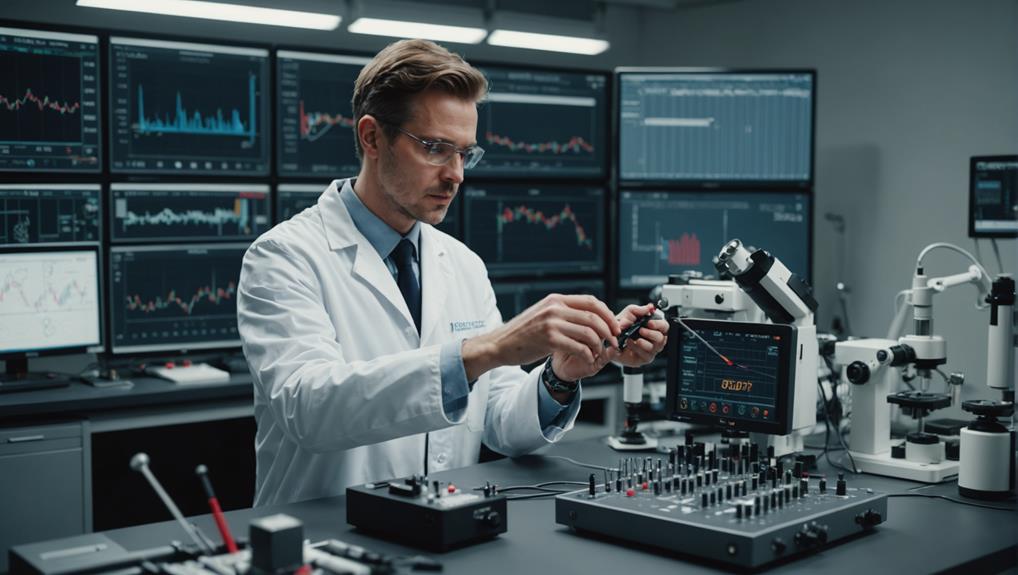
Harnessing the nuances of precision measurement is crucial to avoiding costly errors in dynamometer testing, but what are the key factors to consider?

Witness the transformative power of dynamometers in unlocking your vehicle’s hidden performance potential, but only if you know how to harness their precision.